- Welcome
- Health
- Charity
- Currency
- Policy
- Coming Soon
- Cat
- HealthAbout user guides, opportunities and news perspectives relative to health facilities, workers, medical consultants and patients involved with, or interested to use CHUDATS digital healthcare services.
- CurrencyRegroups information on the financial system of CHUDATS which evolves around obtaining and using heal coins and heal notes, collectively addressed as Heal Cash
- CharityGroups agendas, actions and news on humanitarian services and other community development assistance works within CHUDATS.
- PolicyExamines engagements and outcomes of CHUDATS operations that create or promote global, national and local healthcare policies.
- Uncategorized
- Welcome
- Health
- Charity
- Currency
- Policy
- Coming Soon
- Cat
- HealthAbout user guides, opportunities and news perspectives relative to health facilities, workers, medical consultants and patients involved with, or interested to use CHUDATS digital healthcare services.
- CurrencyRegroups information on the financial system of CHUDATS which evolves around obtaining and using heal coins and heal notes, collectively addressed as Heal Cash
- CharityGroups agendas, actions and news on humanitarian services and other community development assistance works within CHUDATS.
- PolicyExamines engagements and outcomes of CHUDATS operations that create or promote global, national and local healthcare policies.
- Uncategorized
Now Reading: CHUDATS and Global Health Policies
-
01
CHUDATS and Global Health Policies
- Welcome//
- Health//
- Charity//
- Currency//
- Policy//
- Coming Soon//
- Cat//
- Health//About user guides, opportunities and news perspectives relative to health facilities, workers, medical consultants and patients involved with, or interested to use CHUDATS digital healthcare services.
- Currency//Regroups information on the financial system of CHUDATS which evolves around obtaining and using heal coins and heal notes, collectively addressed as Heal Cash
- Charity//Groups agendas, actions and news on humanitarian services and other community development assistance works within CHUDATS.
- Policy//Examines engagements and outcomes of CHUDATS operations that create or promote global, national and local healthcare policies.
- Uncategorized//
The health goal (SDG 3) is broad: ‘Ensure healthy lives and promote well-being for all at all ages’. The SDG declaration emphasizes that to achieve the overall health goal, ‘we must achieve universal health coverage (UHC) and access to quality health care. No one must be left behind’. This places UHC at the centre of the SDG 3 health goal and a contributor to the beneficiary of sustainable development, with linkages to all the other SDG targets. The CHUDATS approach focuses on the concept of “leaving no one behind” and offers patient-centred care opportunity as the pivotal mechanism for its design, implementation and improvements.
The community health unit database networking system is developed with a priority orientation to build and foster effective, reliable and efficient healthcare delivery services that meet the needs of patients. The system further offers communicating and coordinating care between appointments and different services over time. This includes when making a referral from a health unit to a specialist or sharing care between a community health service and a hospital tailored to suit the needs of patients.
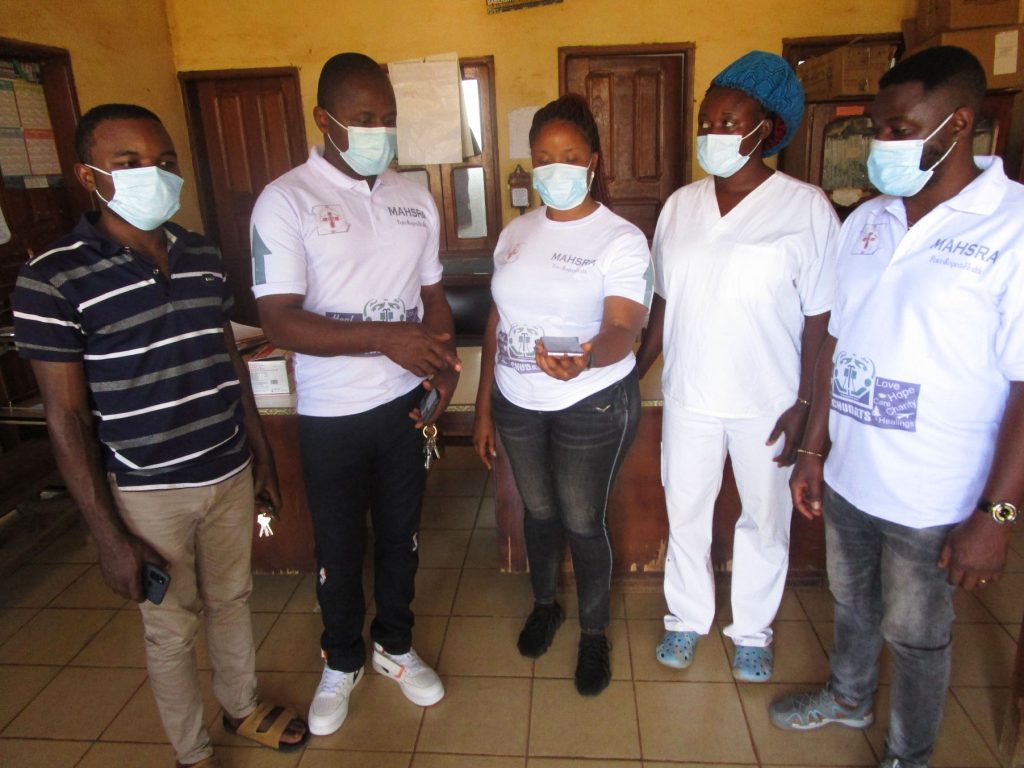
Patient-centred considerations
Global policy orientations especially within the context of SDG-3 require that patient-centred care should be able to effectively enhance wellbeing. As such, the consent of the care receiver becomes a primordial consideration vis-à-vis care giving, planning and care provision. In reflection, CHUDATS, through a general user review, messaging, and situational reporting scheme, grants the opportunity for an identified patient and others to forward their concerns about the healthcare service situation of concerned health units and physicians. As such, their aspirations are duly considered and addressed by the healthcare-provider institutions and personnel.
CHUDATS is a system that addresses issues related to distance and access to healthcare, poor follow-up interactivity between healthcare providers, personnel, and clients or patients, poor or limited access to equipment and supplies, and incoherent health data or statistics gathering and processing methods. This includes very inclusive digital health management processes that meet the current solutions-making standards in modern day healthcare management projections.
Aligning with WHO standards in Digital Health Interventions
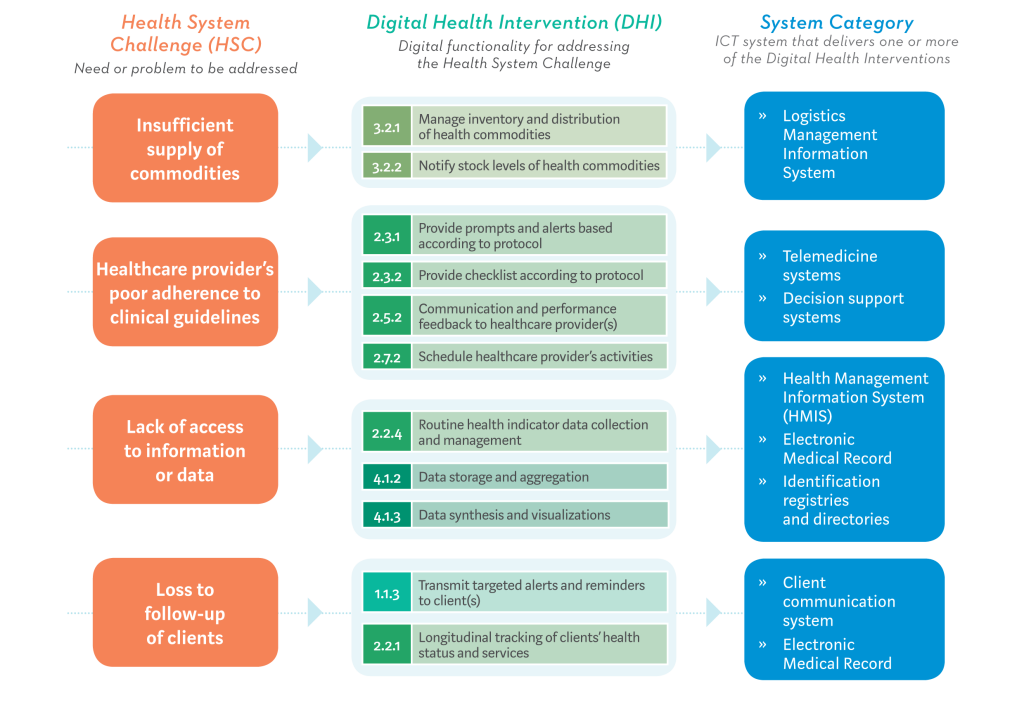
CHUDATS is standardised to address basic and general health system issues highlighted by WHO towards solutions for strengthening the health system and fostering the universal health coverage vision. This includes the purview of Community Health Information Systems (CHIS), Health Management Information Systems (HMIS), and other inclusive Digital Health Interventions (DHI) for fostering healthcare service delivery equality. It further operates under perpetual upgrades for meeting-up with the aspirations of addressing health system challenges and achieving the Universal Health Coverage (UHC).
In the year 2011, the sketch of the system was initial designed by its inventor. Along the following years, it grew and matured in several stages including high level UN policy support platforms, international digital health innovation competitions, local level health practitioner exchanges, and both national and local level government partnerships for its materialisation.
In perspective, WHO recommends that the implementation of DHIs need specific requirements and components that have been newly introduced in the healthcare system. Also, in order to address health system challenges, the needed components are supposed to be made available and appropriate to local contexts, ensuring effectiveness, behaviour, and organisational changes that should fit into the overall digital health architecture.
Corroboratively, DHIs need to implicate factors such as leadership, governance mechanisms, regulatory and policy frameworks, strategy and financial investment, workforce capacity, standards and interoperability, and other sociocultural considerations. This should enhance the maturity of the ecosystem, comprising the enabling of ICT environments in attitudes, actions, policies, and practices that support effective and efficient functioning.
As such, there is a strongly recommended need to consider a sectorial balance sheet based on the ecosystem over reflections on DHIs in the broader national health system context. This also considers an obligation for proper reviews at the local and country-level health system needs which interestingly, have been addressed in the conception, design and scalable progress of CHUDATS.
Leave a reply Cancel reply
Related Posts
Policy5 months ago
Leadership in Digital Health Interventions
Charity5 months ago
Relationship of CHUDATS and Heal Cash
Policy5 months ago
Involvement of Health Administrators
Stay Informed With the Latest & Most Important News
Previous Post
Next Post
Previous Post
Health5 months ago
Relationship of CHUDATS and Heal Cash
Next Post
Policy5 months ago
Leadership in Digital Health Interventions
Recent Comments
Archives
Categories
Health5 months ago
Leadership in Digital Health Interventions
Health5 months ago
Involvement of Health Administrators
Health5 months ago
CHUDATS and Global Health Policies
Policy5 months ago
Leadership in Digital Health Interventions
Health5 months ago
CHUDATS and Global Health Policies
Charity5 months ago
Relationship of CHUDATS and Heal Cash
- 01
Policy5 months ago
Leadership in Digital Health Interventions
- 02
Policy5 months ago
Involvement of Health Administrators
- 03
- 04
Health5 months ago
CHUDATS and Global Health Policies

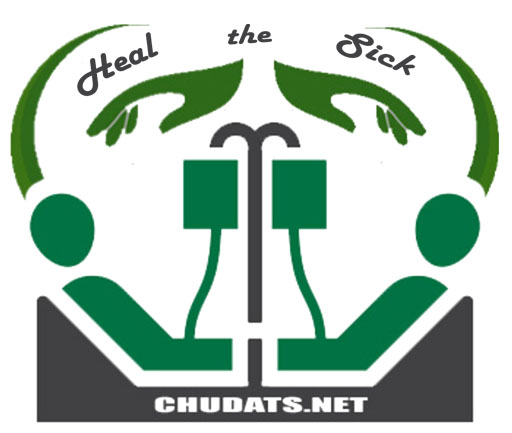












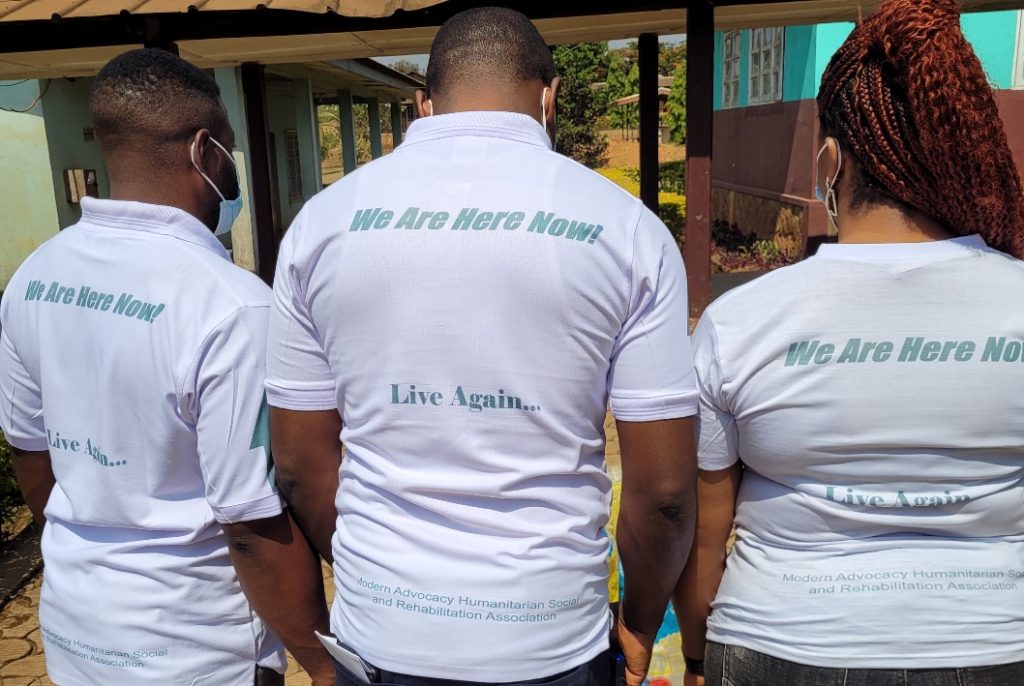

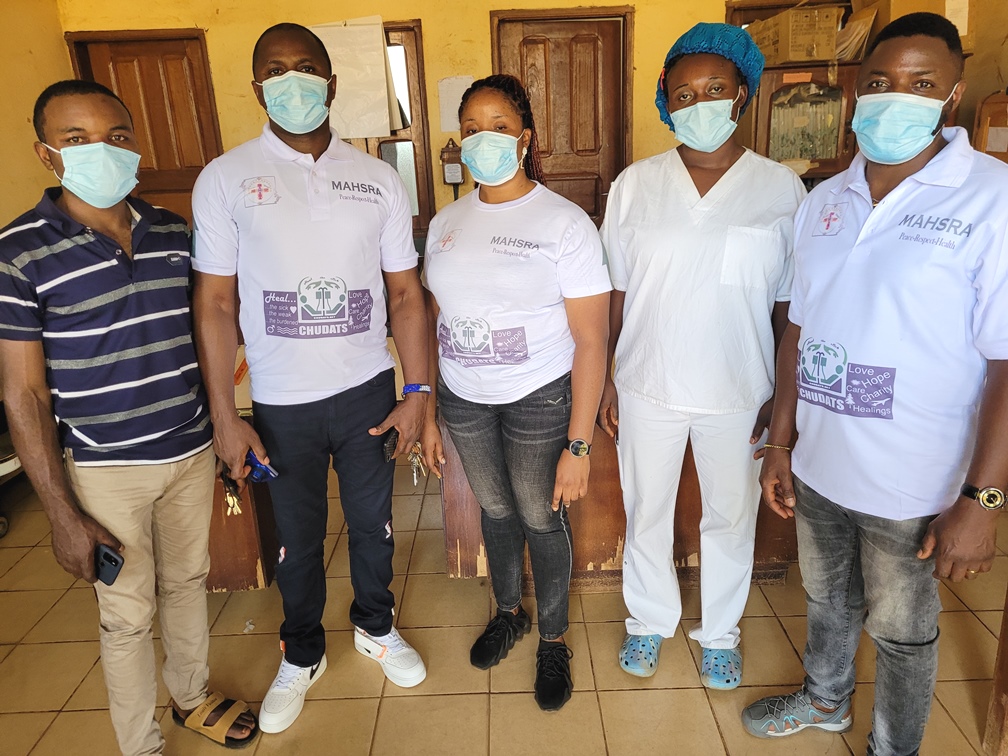

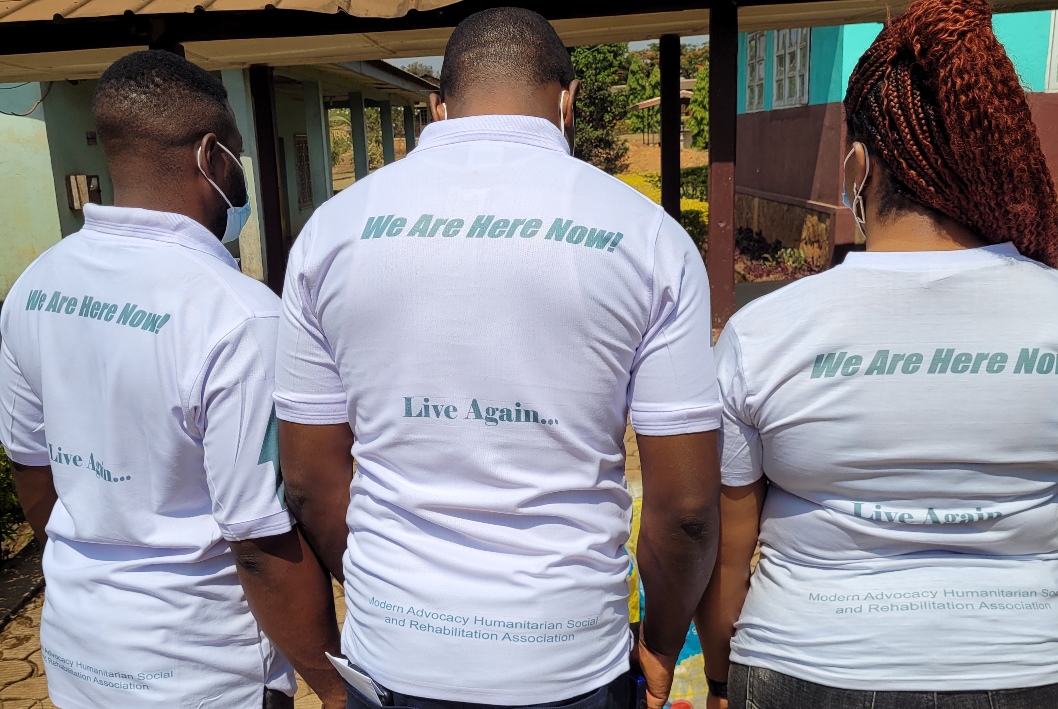
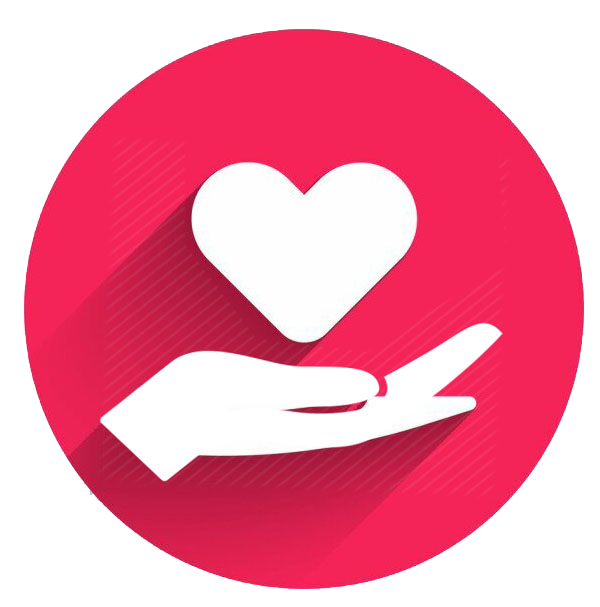








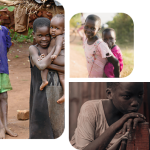
Dr Roland
Great initiative there, hope this reaches many local health centers soonest.